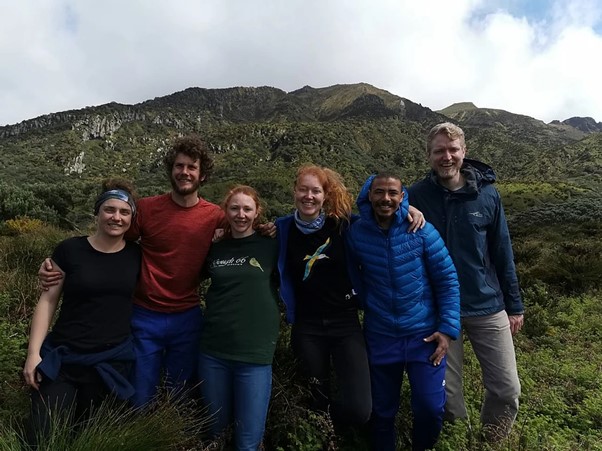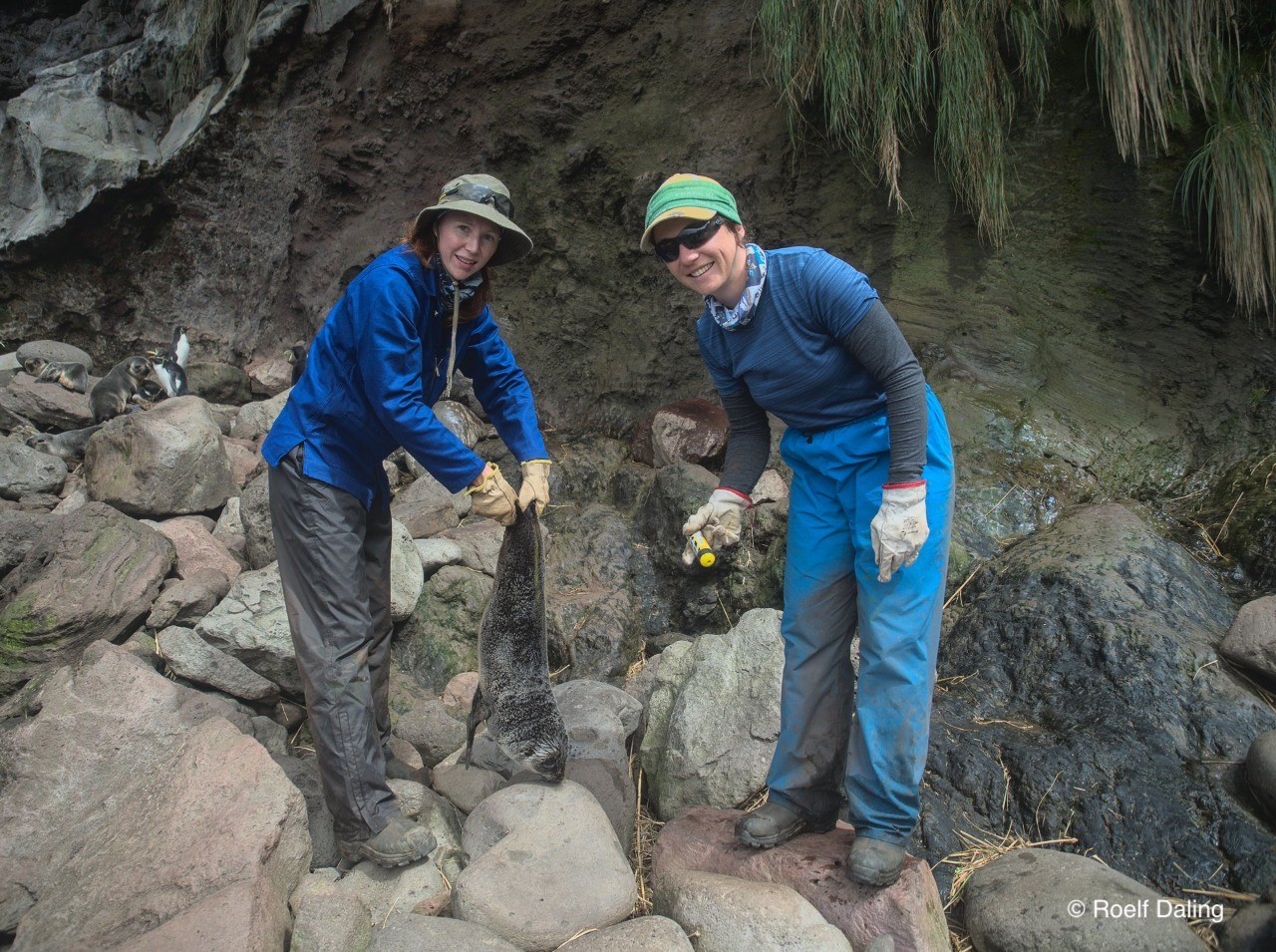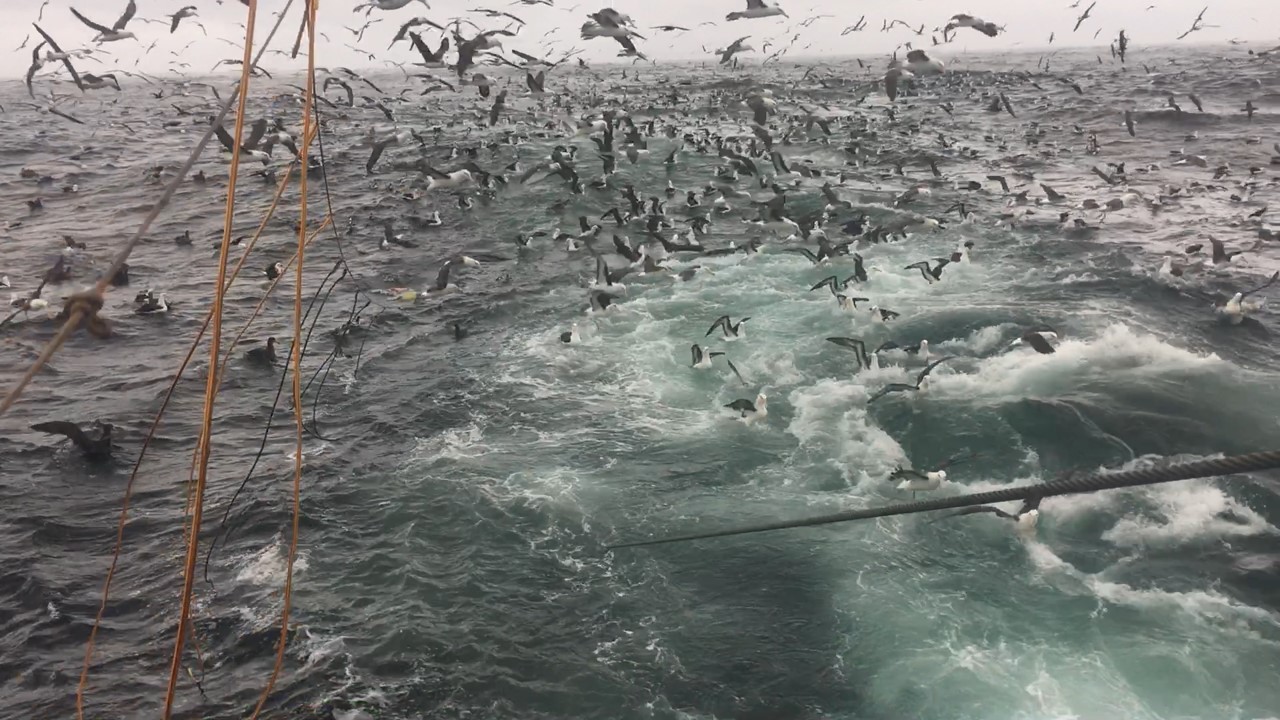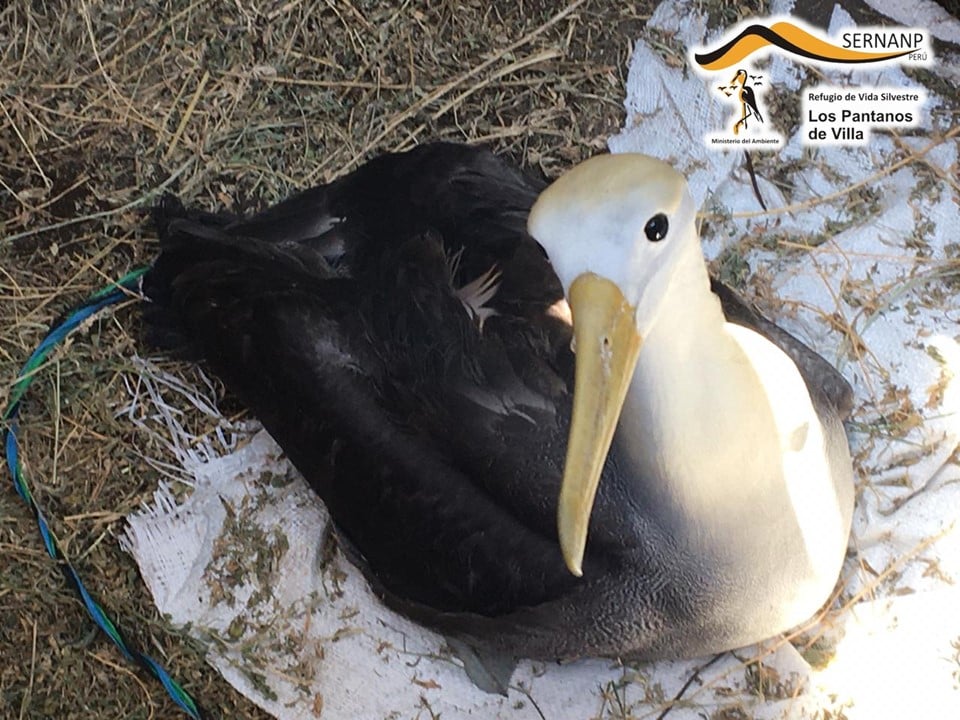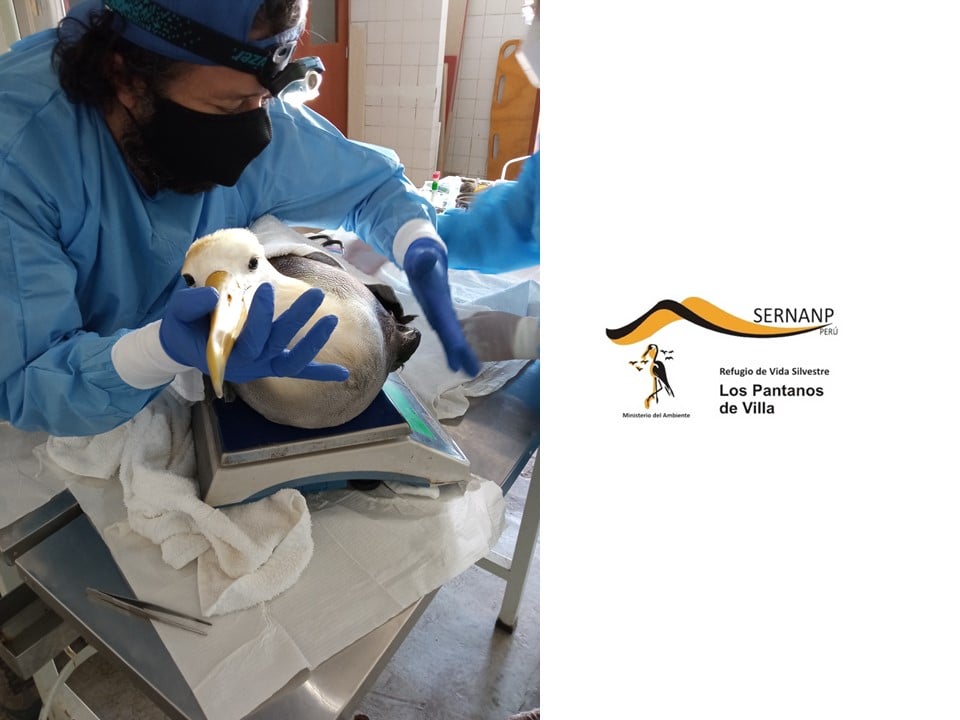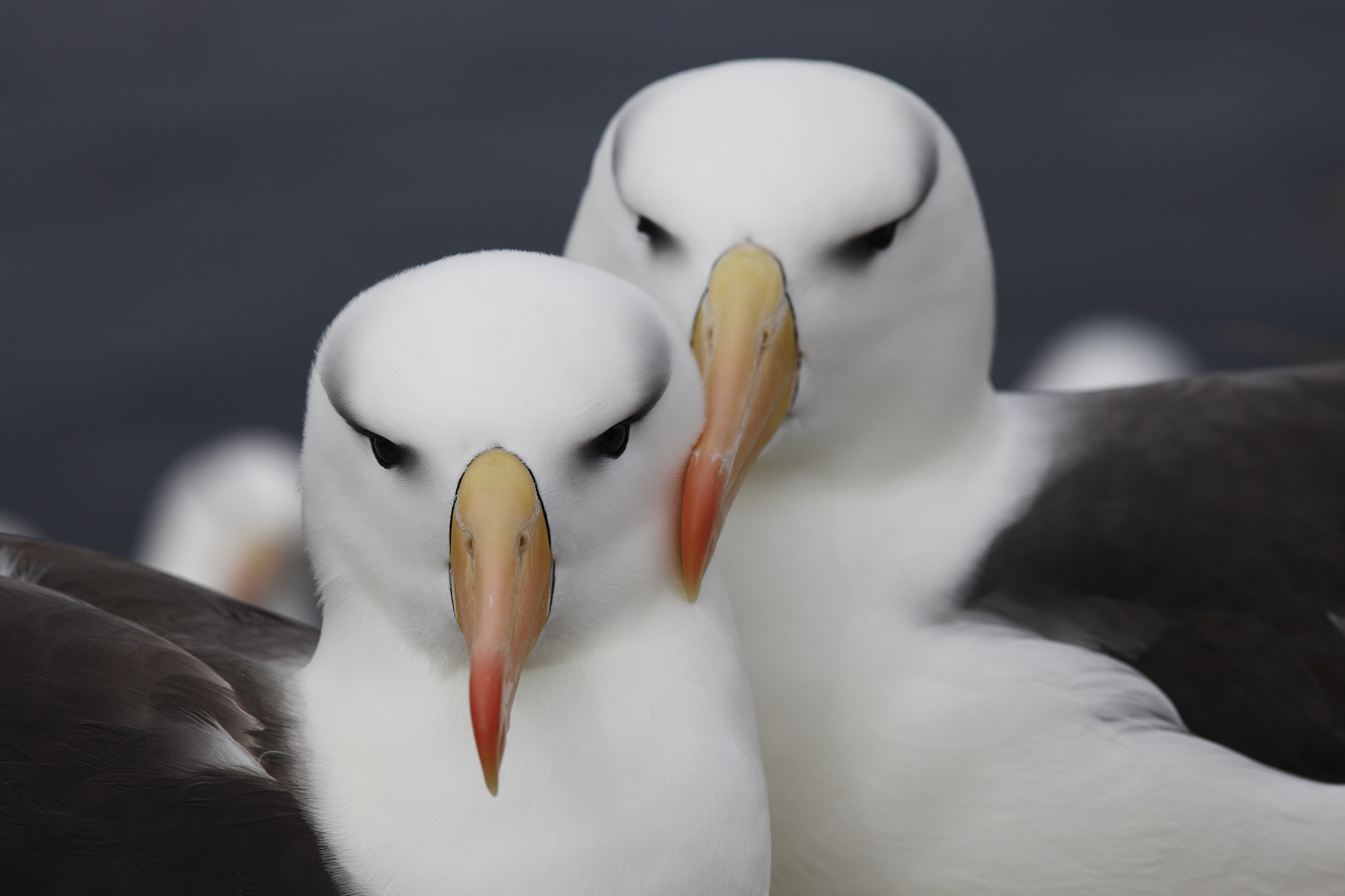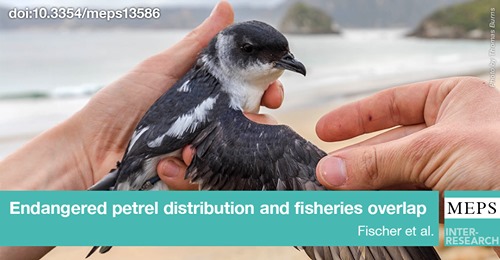
Whenua Hou Diving Petrel
Johannes Fischer (School of Biological Sciences, Victoria University of Wellington, New Zealand) and colleagues have published in the journal Marine Progress Report Series on at-sea activities of the Critically Endangered (and recently described) Whenua Hou Diving Petrel Pelecanoides whenuahouensis that breeds only on predator-free Codfish Island (Whenua Hou), New Zealand.
The paper’s abstract follows:
“Without insights into the threats affecting species across their distributions and throughout their annual cycles, effective conservation management cannot be applied. The Whenua Hou diving petrel Pelecanoides whenuahouensis (WHDP) is a Critically Endangered small seabird whose offshore habits and threats are poorly understood. We tracked WHDPs year-round in 2015/16, 2017/18, and 2018/19 using global location-sensing immersion loggers to identify offshore distribution, movements, behaviour, and overlap with commercial fishing effort. During the breeding period, WHDPs ranged from southern Aotearoa (New Zealand) to Maukahuka (Auckland Islands). After breeding, WHDPs migrated southwest towards the Polar Front south of Australia, exhibited clockwise movements, and returned to their breeding grounds via the Subantarctic Front. During the non-breeding period, WHDPs exhibited extreme aquatic behaviour and spent >95% of their time on, or under, water. The core areas used consistently during breeding and non-breeding periods warrant listing as Important Bird and Biodiversity Areas. Spatiotemporal overlap of commercial fishing effort with breeding distributions was considerable, in contrast with non-breeding distributions. Spatiotemporal management of anthropogenic activity around the breeding colony during the breeding period could help protect WHDPs, but such measures should be subjected to a structured decision-making framework. Our results illustrate the importance of year-round studies to inform conservation of marine species.”
Follow research conducted on the Whenua Hou Diving Petrel on the Flying Penguin Force Facebook page.
Reference:
Fischer, J.H., Debski, I., Spitz, D.B., Taylor, G.A. &. Wittmer, H.U. 2021. Year-round offshore distribution, behaviour, and overlap with commercial fisheries of a Critically Endangered small petrel. Marine Progress Report Series 660: 171-187.
John Cooper, ACAP Information Officer, 12 March 2021

 English
English  Français
Français  Español
Español 
